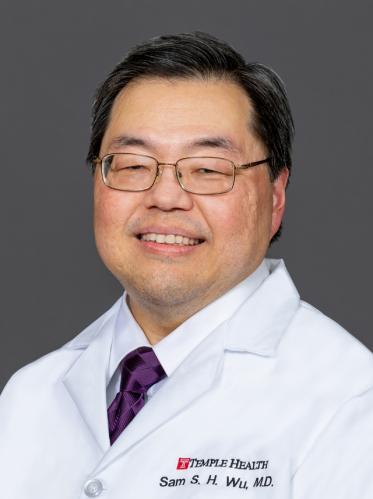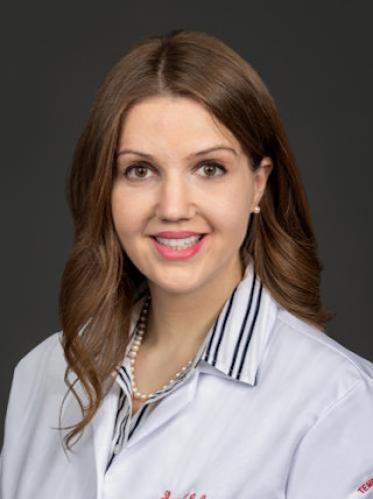CHAT REPLAY: Living with Back Pain. How long is too long to suffer?
Back and neck pain are among the top reasons for doctors visits across the nation. Though this pain is common, its severity varies and can prevent many from moving freely, interfering with their daily lives and leading them to seek a professional's medical assistance.
Back pain often improves with non-surgical treatment, so they are always considered first. Whether it's physical therapy, anti-inflammatory medication, innovative procedures such as ultrasound-guided injections for pain management or a combination of non-surgical options, patients have a wide range of advanced non-surgical options available to them. However, for some conditions, surgery is the best treatment option. Many of these procedures are minimally invasive, performed through tiny incisions, enabling patients to recover quicker with less pain.
On Friday, June 17, Temple's spine specialists explained how they diagnose even the most complex conditions, allowing them to create a personalized treatment plan that results in long-term pain relief and helps to restore their independence and mobility.
Sam S.H. Wu, MD
Chair, Department of Physical Medicine & Rehabilitation, Temple University Hospital
Professor, Clinical Physical Medicine & Rehabilitation, Lewis Katz School of Medicine at Temple University
Sam S.H. Wu, MD is the Chair of the Department of Physical Medicine & Rehabilitation, and a key leader of the Universal Back Pain Program at Temple University Hospital. He is a member of several organizations, including the International Society of Physical Medicine and Rehabilitation and the Association of Academic Physiatrists.
Theresa J.C. Pazionis, MD
Spine Surgeon
Assistant Professor, Orthopaedic Surgery & Sports Medicine, Lewis Katz School of Medicine at Temple University
Theresa J.C. Pazionis, MD is an Assistant Professor of Orthopaedic Surgery & Sports Medicine at the Lewis Katz School of Medicine at Temple University. She specializes in surgical treatments for spine conditions, including spinal stenosis.








